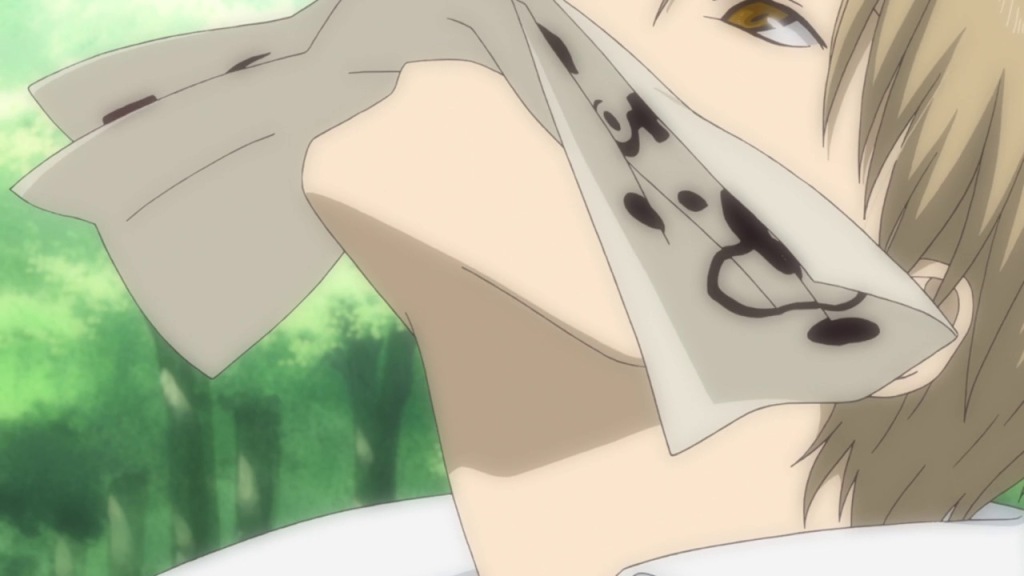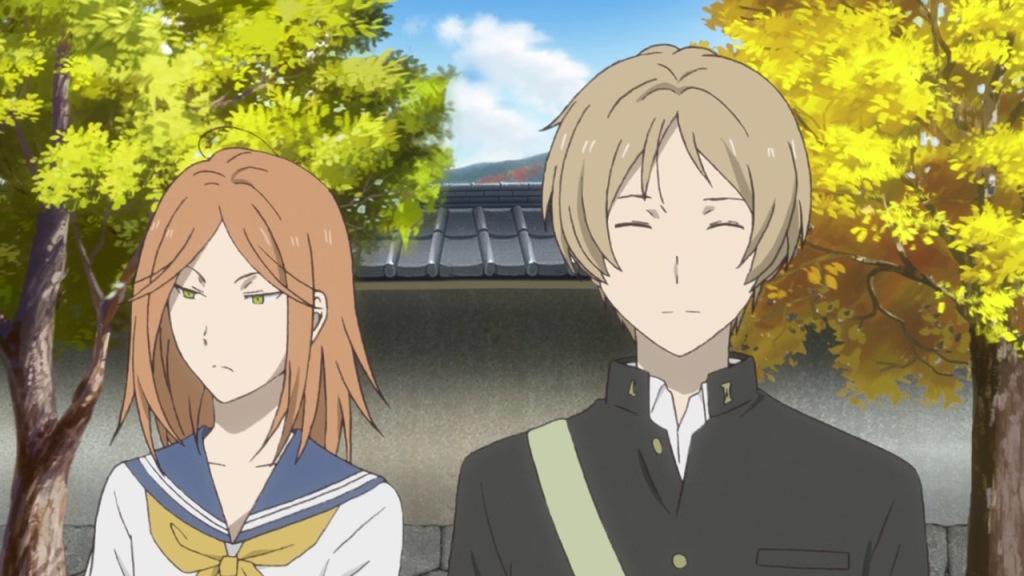Over the years, Magical Girls and witches have become a popular genre in anime. But…what if I told you that Magical Girls gained their powers based on principles of Buddhist and Shinto spiritual philosophies in Japanese Culture?
Witchcraft in Japanese culture is a tricky thing.
Based on beliefs firmly rooted in Shintoism and Buddhism, yokai (as tsukimono) are thought to be the cause of supernatural phenomena and magical powers.
What Are Spirits Called in Japanese?
Yokai (Youkai, 妖怪) are a supernatural class of monsters prevalent throughout many Japanese myths and folklore tales. Goblins, demons (oni), monsters, phantoms, and ghostly apparitions can all fit into the category of yokai.

Yokai, or spirits are attributed to illness or even prosperity in Japan. Based on a mix of Buddhist and Shinto folk beliefs, there is often possession caused by evil spirits.
This is what we popularly associate with witchcraft in the west.
Witchcraft in Japanese Culture

According to Harumi Befu’s Japan: An Anthropological Introduction “possession is manifested in a variety of illnesses, including some psychosomatic ones, and in injuries and accidents.”
Human beings (both living and dead) as well as animal spirits such as the kitsune (fox), inugami (an evil dog spirit or dog god), snakes (orochi), as well as cats (or ‘bakeneko’) are predominantly featured in folklore and cautionary tales concerning witchcraft.
Magic in Japanese culture
While witches depicted in Western culture usually inherit their powers around the age of sixteen, a tsukimono (possessing or evil spirit) can be passed down through generations of a Japanese family.
(Although there is some debate on whether the spirits are passed solely through the female line, or equally amongst both sexes.)
Where Do Magical Girls Get Their Power?

You’ll often notice in anime that a magical girl has a familiar, or animal spirit which helps her. Usually, this animal spirit takes the form of a black or white cat.
The common belief held in Japan is that the tsukimono (or familiar) has the magical ability and bestows this upon the magical girl. While the equivalent familiar in Western culture is seen as a servant of the witch only meant to do its bidding, not a conduit or controller of the witch’s power.
In anime depictions, witches are portrayed in a range of ambiguous curiosity to a showcase of terrifying cautionary tales.
Magic and Witchcraft in Natsume’s Book of Friends

Let’s examine the use of magic and witchcraft in Natsume Yuujinchou, or Natsume’s Book of Friends.
The story surrounds a teenage orphan named Takashi Natsume, who inherits his late grandmother Reiko’s book of spiritual contracts. After being shuffled around through distant relatives, Natsume winds up living with good people in the countryside on the island of Kyushu.
The writer and mangaka for Natsume’s Book of Friends Midorikawa Yuki grew up in Kumamoto, Japan. A region rich in mythology and supernatural legends, Kyushu is Japan’s third largest and the most southern of its islands.
Befu notes that the South has a higher occurrence of incidents relating to the possession of mortals by spirits and what we would consider yokai.
In Natsume Yuujinchou, many of the high-ranking spirits in the region have been ‘captured’ by Reiko in her Book of Friends. Befu notes that “animal spirits” that could possess “do not wander around in the countryside” as instead they have already been claimed and “maintained in certain family lines from generation to generation.”
Where Did Natsume Reiko Get Her Powers?
As I mentioned earlier, there is a belief that tsukimono can be passed down a family line through generations. There are opinions that the female line has a stronger likelihood of passing spirits, but generally, both sexes have the capacity to pass on and inherit tsukimono.

In all likelihood, Natsume Reiko inherited her powers from spiritually powerful ancestors, and most likely married or had a child with a man who shared the same afflictions by tsukimono or yokai.
Befu argues that “since these [animal] spirits can be transmitted through both sexes, marriage with these families is carefully avoided by ordinary families.”
Inherited magical abilities through tsukimono and yokai could also explain the secrecy surrounding the Matoba clan of exorcists Natsume later meets in the series. Or why Natsume Reiko was ostracized from ‘normal’ society by townsfolk wherever she traveled in the south.
Is Natsume Half Youkai?

No, Natsume Takashi is not half youkai. He simply comes from a bloodline that has been afflicted with tsukimono that enabled him to see yokai and possess immense spiritual power.
Magic in Japanese Mythology
In Japanese Shintoism, there is a belief that in all things there resides a soul. The word Shinto itself translates to “way of the gods” or “way of the kami”. Each kami was capable of being called upon in times of need and had a name.
Kotodama or Kototama
Using a ritualistic form of Kotodama, Natsume Takashi is able to call forth and bind yokai spirits to do his bidding based on simply speaking their name.
Kotodama (言霊 ) has a translation of “mysterious power of words to alter reality“.

Kotodama relates to the Japanese belief that there is an almost magical power in speaking certain words or names. The act itself of speaking certain frequencies using sound can manipulate desired objects and affect the surrounding reality.
Since Natsume is a direct blood relative of Reiko who also inherited the ability to see spirits, the bound yokai (or tsukimono) within the book are contractually obligated to answer Natsume’s call – lending him their power in times of need.
Nyanko Sensei the Familiar

In Japanese folklore, cat ‘witches’ were believed to lurk at shrines and temples, disguising themselves as ordinary cats to trick unknowing passersby into doing their bidding.
Natsume has a ‘familiar’ in Nyanko-sensei, or Madara – a high-ranking spirit who was sealed at a temple long ago in a maneki-neko, or ‘bakeneko’ lucky cat statue that is frequently found today in Asian storefronts.
If you’d like to know more about this, I wrote about Nyanko Sensei as the maneki-neko a few years ago.
The General Perception of Witches in Japanese Culture
Due to cultural and spiritual differences, witches or ‘magical girls’ generally are not deemed completely evil in Japanese anime because a yokai, or spirit, is usually the source of their spiritual illness.
Whereas in American film and tv, the common belief is that a young girl or woman (usually unliked by her peers or village) has made an unbreakable covenant with the devil himself.
The core principles of Buddhism and Shinto belief systems starkly oppose the Christian and Catholic theology and dogma of possession, morality, spiritual sickness, and demonology generally attributed to Western witches.
But, tell me your thoughts.

(Don’t the markings look similar to Nyanko-sensei’s face?)
Are you surprised to learn about the possible origins of Japanese witchcraft?
What is your theory on how Natsume Reiko got her powers?
Do you think Natsume Takashi could be considered a ‘magical boy’?
Leave your thoughts in the comment section below, we’d love to hear from you! Also be sure to follow us for more Anime Witches and Magical Girl Discussions!
We are also creating Anime and Japanese fashion-inspired merchandise for fellow fans, Visit our Redbubble store if you have a chance – you get cool gear, and it helps support the blog!
☆ In Asian Spaces

